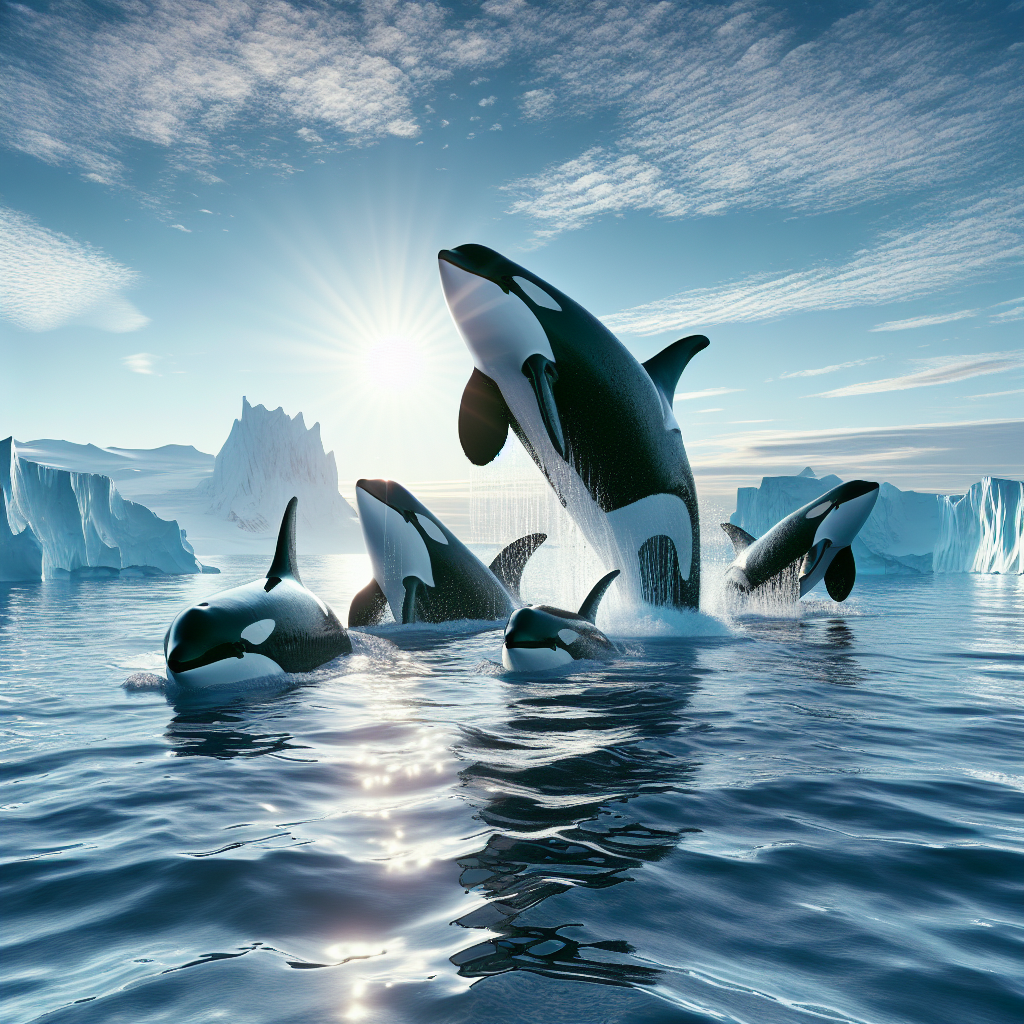Killer Whales' Kelp Connection: Unveiling Allokelping in the Salish Sea
New research documents killer whales using seaweed as tools in the Salish Sea, showcasing their intelligence and social complexity. This behavior, termed 'allokelping,' involves modifying kelp for grooming and bonding. The endangered population relies heavily on Chinook salmon and faces food scarcity due to declining fish stocks.

In a groundbreaking discovery, researchers have documented killer whales in the Salish Sea using seaweed as grooming tools, extending their known behaviors in a display of intelligence and social interaction. This behavior, referred to as 'allokelping,' involves the whales using bull kelp to enhance skin health and strengthen social bonds with their peers.
Through the use of drones, the team observed these majestic creatures engaging in this cooperative activity, highlighting their ability to modify kelp stalks to suit their unique grooming needs. Unlike other marine mammals, these whales adapt their natural surroundings for non-food-related purposes, showcasing sophisticated social dynamics akin to a few primate species.
The study, published in the journal Current Biology, raises concerns about the dwindling population of these orcas, currently at risk of extinction. With only 73 individuals left, their reliance on the rapidly declining Chinook salmon poses a significant challenge, exacerbated by environmental changes affecting salmon breeding grounds. 'In short, they are starving,' notes marine biologist Darren Croft.
(With inputs from agencies.)










